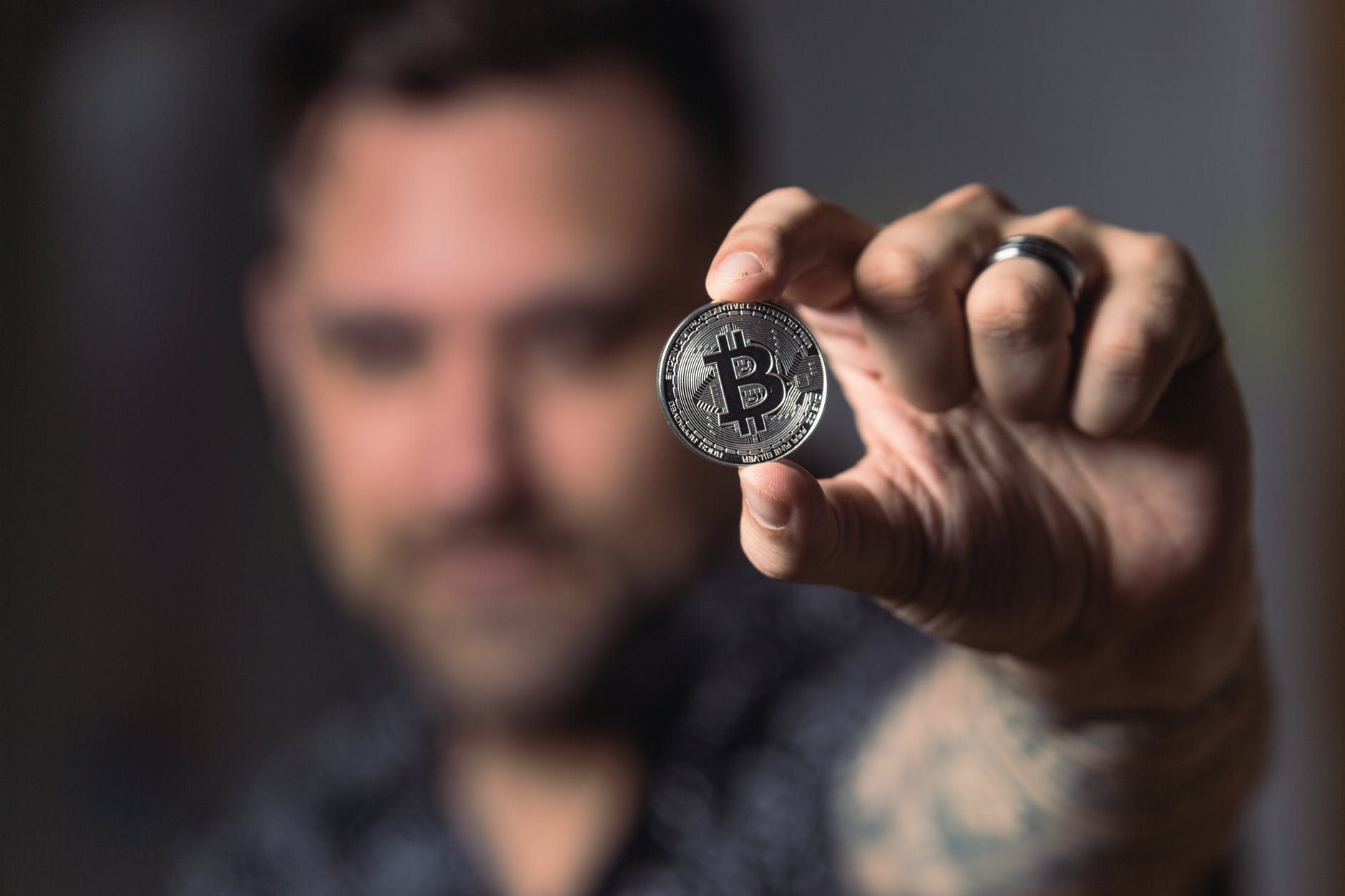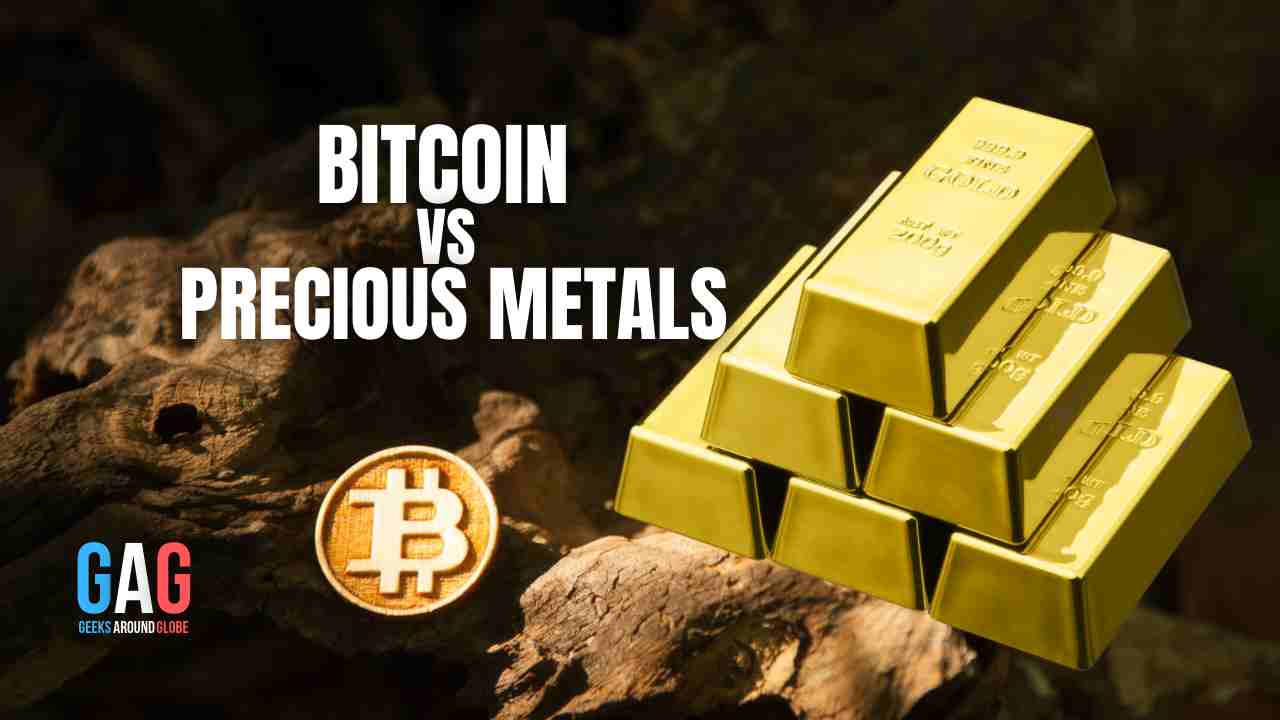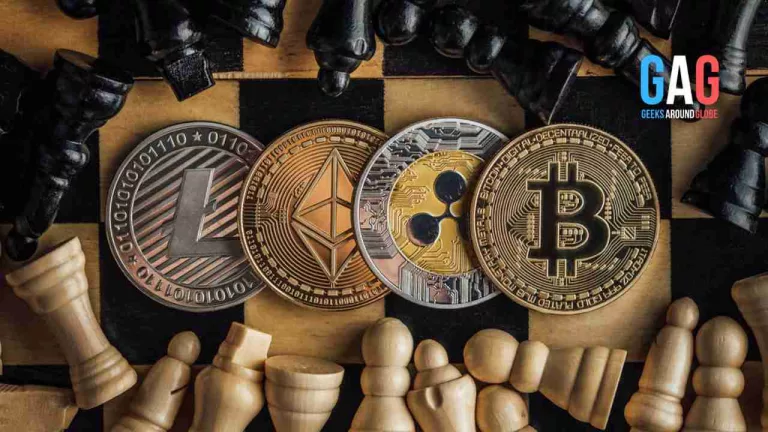10-15 years ago it was classic to motivate the CEO of a company by giving him a part of the company shares. This is controversial, time has passed and this approach has shown its pros and cons. 2017-2020 boom years started ICO, IEO and owners of cryptocurrency projects get back again to this scheme. All payments in a blockchain project CEO receives in the company’s native tokens – this should motivate him to develop the project in a long term. But, as practice shows, with scam projects it is the easiest way to make a person work and leave him with empty pockets, and sometimes even to set him up, if rug pull was originally planned.
There are examples in the world’s corporate giants when the CEO of a company receives shares as an additional bonus. For example, Apple CEO Tim Cook received 5 million shares of the company’s stock worth a total of $750 million, CNBC reported, citing data from the U.S. Securities and Exchange Commission (SEC). The bonus agreement was signed in 2011, but he did not receive the final bonus until 2021 – in 10 years under Cook’s management Apple’s capitalization has increased from $350 billion to $2 trillion.
It’s no secret that cryptocurrency projects are much faster and more profitable than traditional companies. If it sometimes takes years or dozens of years for a top manager to raise sales, it takes six months to a year of preliminary work to raise funds for an ICO and put the token on the exchange. In special cases, the money is collected instantaneously – some projects raising the required amount in a matter of minutes. If you succeed, you will have to share a lot of money, and not everyone wants that. Besides, you also have to keep promises to your investors. And if the CEO do a great job and everything goes right, the owner will be very tempted to just not give him the tokens, unless, of course, he did it earlier.
Of course, there are exceptions when the lack of tokens for the team is not the result of fraud, but simply a marketing miscalculation. For example, in 2018 the founders of the U Network project asked early investors to sell their coins back to the blockchain project. At the startup’s launch stage, the developers set an emission limitation to 10 billion, but because of the growing interest to the company, they no more tokens left for the team and the development of the ecosystem.
There are no accurate statistics in the closed cryptocurrency market, but up to 90% of cryptocurrency project CEOs get all or part of their money in company’s tokens. As a rule, a separate joint account for the whole hired team is set up on a reliable exchange like Binance, and the funds are distributed in a predetermined way after the team has done most or all of the work. This scheme is similar to giving a stake in a company, and both ways can be used in blockchain projects: allocating both a stake in tokens and a stake in the parent company, as long as it is legally registered.
A rather huge story took place when the management of PointPay, an international cryptocurrency bank, changed. The project has been existing since 2018, but wasn’t able to make impressive progress until 2021, when it raised about $50 million in token presales – more than 70,000 investors from all around the world invested in the project. Almost all of this was done by the team and CEO Andrey Svyatov, who was initially an adviser, and then from 2020 headed the project.
For all three years, Andrey Svyatov didn’t just lead the team, he understood that the team had about 10% of the tokens and they needed to grow in order to have a point in further work. Because of the CEO’s persistence, the project started working with the Bithumb exchange, but the greed of the owner – about whom investors knew nothing at that time (Svyatov’s hands were tied by a non-disclosure agreement from the project owner), wouldn’t allow to list the project on the first level exchange.
The company did not have enough liquidity to raise the token’s value on the exchange. So Svyatov decided to burn some of the tokens – to create a deficit and increase the rate of PXP. After that, the rate of the coin increased by 30%, but this positive action caused a storm of indignation among the owner – an internal scandal has begun.
In September 2021, after fundraising, the owner of the project Ilia Zavialov, who had remained in the shadows all this time, fires Andrey Svyatov and replace him with Vladimir Kardapoltsev. The team and Svyatov have never received 10% of the tokens – it is about 100,000,000 PXP at the time. But were Svyatov and his team the only ones deceived?
Such an unexpected switch-over is actually similar to a soft rug pull – the owner wants to take the funds raised from investors and not spend them on the further development of the project. And at the same time he finds a way to shift the blame to the old CEO. They tried to convince investors that Svyatov took all the investors’ money, although Andrey Svyatov has left with nothing.
It is important to say that Kardapoltsev’s professional biography is very dubious. In 2018, together with Roman Prokopyev, he decided to found a crypto-company Swapzilla (now non-existent).
Their ICO was never a success, it lasted 8 months and Vladimir as a co-founder let the company die, letting down thousands of investors who invested a lot of money in it. And in fact, most likely by simply withdrawing all the funds raised.
If the management, namely Ilia Zavialov, who owns 100% of the PointPay project and solely manages all the investors’ funds, now refer to some technical or legal difficulty, all the reputational losses will be blamed on the previous team.
On the surface, Ilia Zavialov appears to be clean. He does not have any property in Russia; he is the founder of FedPay JSC with a profit of no more than $1,000. In Russia, where Zavialov now resides, he has no property or real estate. But this is not a sign of pure intentions, rather a hint that he got rid of all his property or deliberately did not acquire it in Russia, understanding that he would have to surrender his estate to investors under Russian law.
According to the same Russian investigation and public data, he is doing much better in the US: in his divorce from his wife, he splits more than $6 million worth businesses.
The size of PointPay’s share capital is also alarming. According to documents, Zavialov’s company, which has raised $50 million in the market, is only liable with its share capital of 12,000 euros (https://www.inforegister.ee/14408006-POINT-PAY-OU ). Such a discrepancy cannot but be alarming.
In general, there are many factors in the project that implies that investors will be left with nothing. There is the story of fake token burning, also revealed by Russian investors. And multiple promises from the project’s White Paper that were never fulfilled. Lies and inconsistencies in the history of the Point Pay cryptocurrency project abound.
As of this writing, a source inside PointPay said that the company is preparing for bankruptcy – management is looking for an appropriate lawyer.
Signs of HARD RUG PULL (one or a combination of these signs should make you worry)
- Project appears on the market very quickly
- Anonymous creators and owners of the project
- A large amount of hype, positive feedback
- Low liquidity of the project
- No ways to block liquidity
- Abrupt bursts of marketing activity
- Use of strategies to sharply increase the price of token
- Withdrawal of funds through platforms that complicate cryptocurrency tracking and migration, such as Tornado Cash
Signs of SOFT RUG PULL
- Anonymous project creators and owners
- Frequent change of project team and faces
- Entrance to low-level exchanges
- Small trade volume
- Lack of liquidity, problems with withdrawal
- Failure to meet commitments and low spending on marketing when fundraising is high
- Project fading after fundraising







